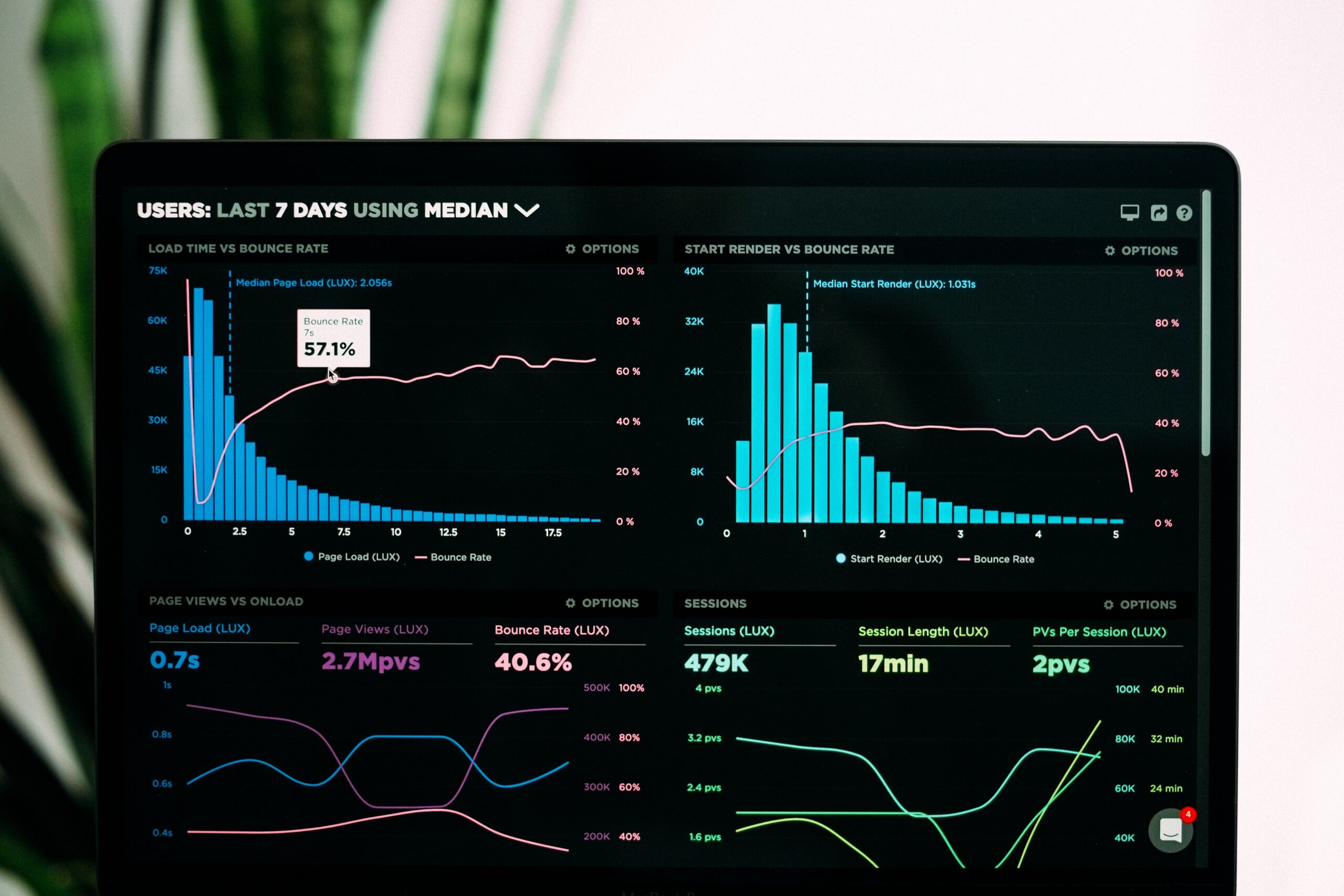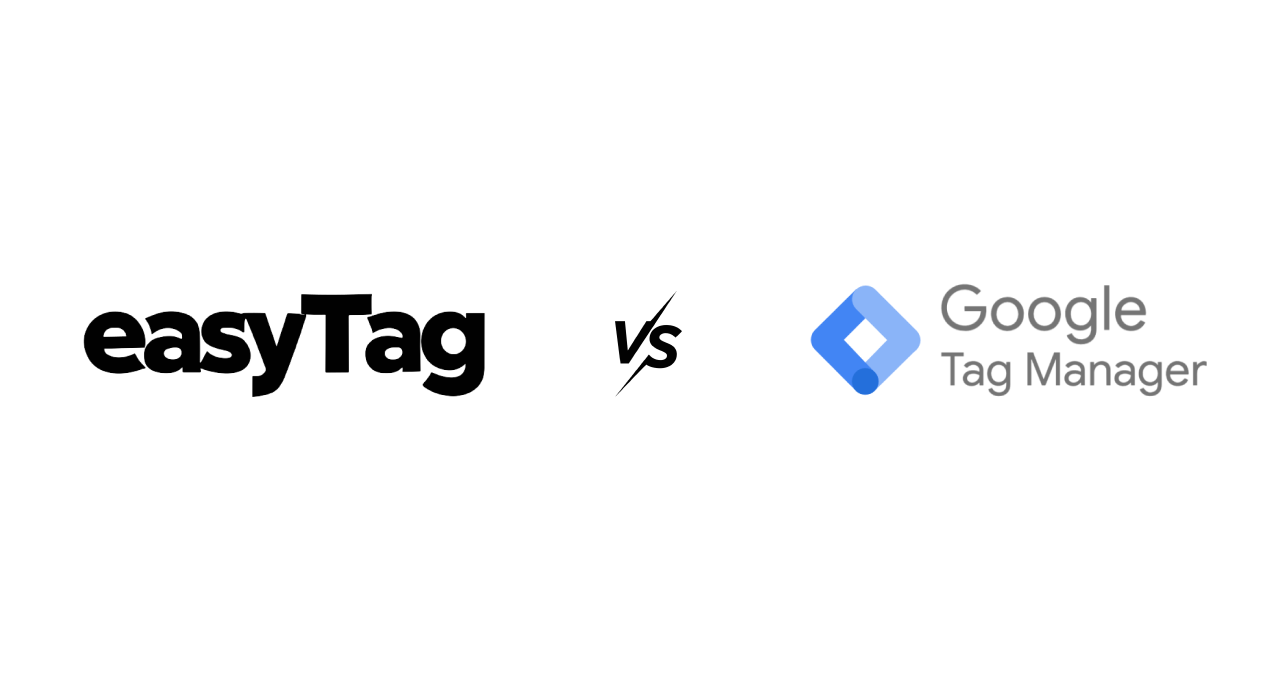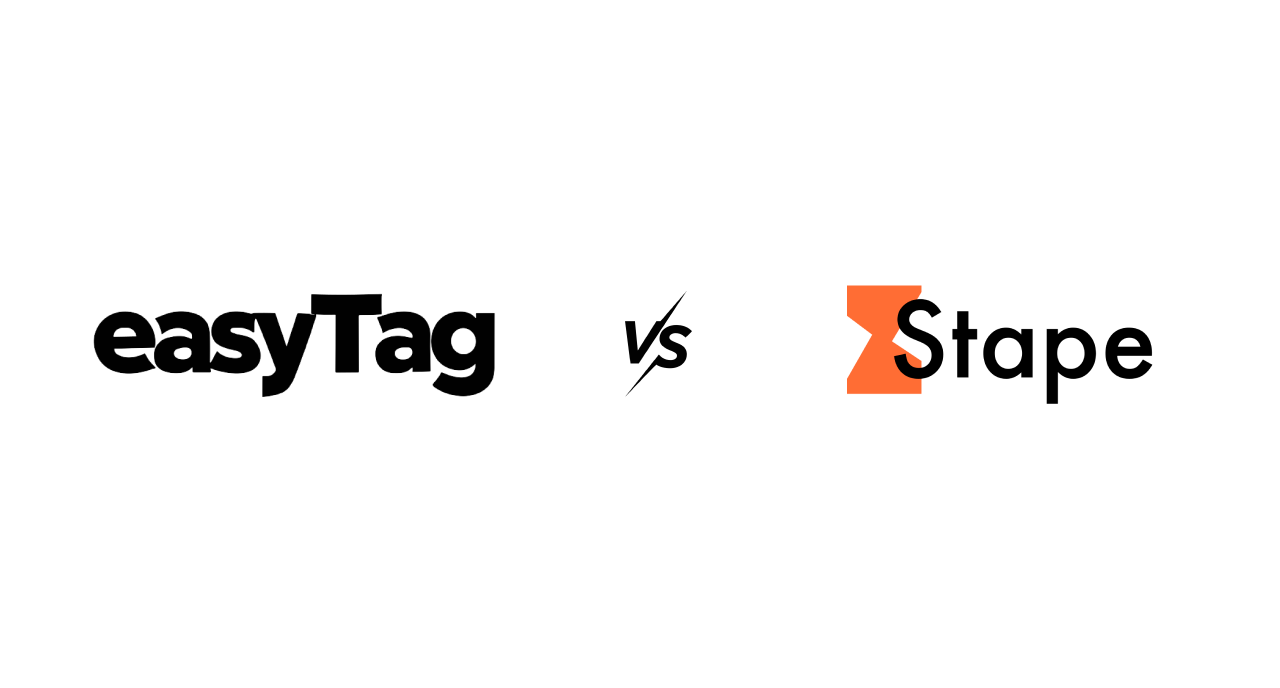In the digital age, understanding user behavior is crucial for businesses to thrive online. Google Analytics has been a cornerstone in this domain, and its latest iteration, Google Analytics 4 (GA4), represents a significant leap forward. This blog post delves into the fundamentals of GA4 and the growing importance of server-side tracking within its ecosystem.
What is Google Analytics 4?
Google Analytics 4 is the latest version of Google’s web analytics service. It’s a complete overhaul from its predecessor, Universal Analytics, with a focus on providing more comprehensive, cross-platform insights into user behavior. GA4 is designed to be more flexible and predictive, using machine learning to fill in gaps where data might be missing, especially in a cookie-less future.
Key Features of GA4:
Event-Based Data Model: Unlike Universal Analytics, which relied on sessions and pageviews, GA4 uses an event-driven data model. This allows for a more nuanced understanding of user interactions.
Cross-Platform Tracking: GA4 can track users across websites, apps, and software, providing a holistic view of the customer journey.
Enhanced Privacy Controls: In response to increasing privacy regulations, GA4 offers more control over data collection and retention.
Predictive Analytics: Leveraging AI, GA4 can predict future user behaviors, such as potential revenue from specific customer segments.
The Importance of Server-Side Tracking in GA4:
Server-side tracking is becoming increasingly critical in the analytics world, and GA4 places significant emphasis on it. Here’s why it’s important:
Enhanced Data Privacy: Server-side tracking allows data to be processed on servers, reducing the reliance on client-side methods like cookies. This approach is more aligned with privacy regulations like GDPR and CCPA.
Improved Data Accuracy: Browsers are increasingly blocking third-party cookies and limiting JavaScript tracking. Server-side tracking bypasses these limitations, ensuring more reliable data collection.
Customization and Control: With server-side tracking, businesses can customize data collection and processing, providing greater control over what data is sent to GA4.
Reduced Load on Client-Side: Shifting some of the tracking load to servers can enhance website performance, leading to a better user experience.
Implementing Server-Side Tracking with GA4:
To implement server-side tracking in GA4, businesses need to set up a Google Cloud account and configure a Google Tag Manager server container. This setup allows data to be sent from the server to GA4, enabling the processing and analysis of server-side events.
Conclusion:
Google Analytics 4, with its advanced features and emphasis on server-side tracking, is set to revolutionize how businesses understand and interact with their customers online. Embracing GA4 and its server-side tracking capabilities will be essential for businesses seeking to remain competitive and compliant in a rapidly evolving digital landscape.





